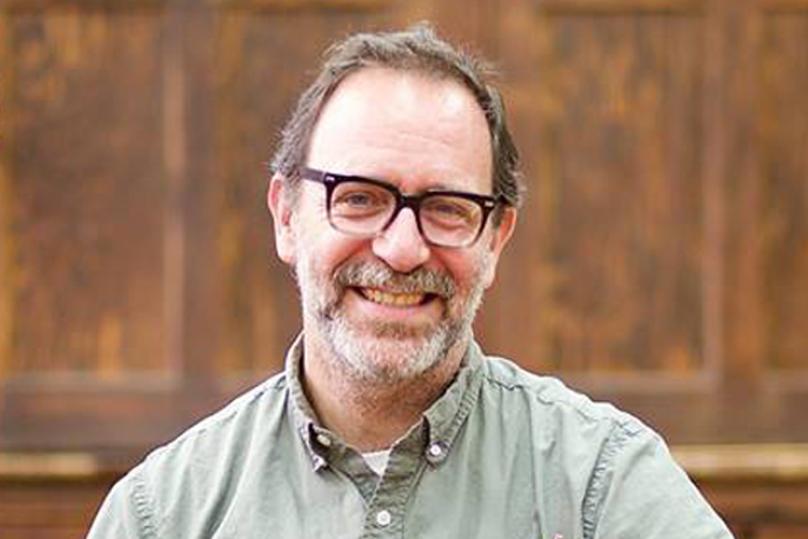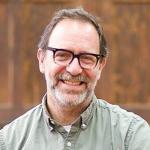
By MƒA Master Teacher Doug Shuman
Are you a creative teacher? Teachers at the top of the profession personally design most of their lessons according to their vision for what constitutes engaging, insightful, and authentic pedagogy. Like many of my MƒA peers, I groove on this process. But as an experienced educator and trainer of new teachers, I also know that teaching what and how I like to teach at the expense of other considerations is not what’s best for my students.
In addition to my duties at Brooklyn Technical High School, I have the pleasure of being the lecturer for a year-long sequence in Mathematical Methods in the Teaching and Curriculum Department at Hunter College. I spend every Wednesday evening of the school year watching graduate students conduct demo lessons and then giving them research- and experienced-based advice. A great way to become a better math teacher is to teach others how to teach math.
Every new teacher has his or her own preferred style of teaching and it shows. Beginners rely very heavily on direct instruction. Those with natural talent might tilt more to an activity that allows students to access their prior knowledge and ability to learn. Experienced teachers, too, have a preferred style. On one extreme are the process people, with lessons that only superficially address the conceptual and have a heavy focus on process and practice. On the other side are the idea people. Some of my most distinguished colleagues have a strong preference for this style of teaching. Their best lessons are usually deeply conceptual, with layers of questioning built in to elicit different levels of understanding. It is very difficult to convince one that the other’s approach has value.
I think about the role of educators’ teaching preferences the way I think about the role of students’ learning preferences: Where’s the proof? One of the great controversies in education over the past twenty years has been around the notion that students have preferred learning styles and that teachers should differentiate their lessons to meet the preferred style of each student, a technique known as “meshing.” As a practitioner and researcher who has never seen evidence of this, I am glad this myth has been debunked. (See, for example, Pashler, et al., (2008) Learning Styles - Concepts and Evidence, Psychological Science in the Public Interest).
While I understand that teachers have preferred styles, I find the idea of sticking to one style of lesson to the exclusion of others as absurd as teaching students using one style because they may have a preference for it. There isn’t much research on the effectiveness of mixing up your teaching style depending on the objective of the day, but I find it intuitively appealing and supported by research into how students best learn mathematics.
The big ideas I try to incorporate into my teaching come from research studies focused on how the adolescent brain learns math and what role a teacher plays in best facilitating the learning. There are three categories of mathematical learning: factual, procedural, and conceptual. One research-based strategy I use is to differentiate my teaching style based on the type of learning embodied in the day’s objectives.
When planning a lesson I always think of it as serving one of three purposes. Some lessons are explorational, some are instructional, and some are summative. The first and last approaches are largely student driven but serve entirely different purposes. Explorational lessons are all about bridging to a new idea from already acquired knowledge and are heavily conceptual. Summative lessons are all about solidifying knowledge through different cases and applications of the same basic idea and are a mix of all three types of learning. Instructional lessons are highly mediated transfers of knowledge often employing the workshop model and usually emphasize one type of learning over the others depending on the topic. Taken together, they form a chain of lessons incorporating different instructional styles based on the needs of my students and the topic at hand.
Educational research has much to say about what we do every day, including the length of instruction, methods of questioning, incorporation of prior knowledge, and much more. If you are like me and love to develop new lessons and applications, you can take advantage of the wealth of research on math education to craft amazing and learning-optimized instruction. Altering your teaching style to match your objective is one example. This post is just a starting point for how to incorporate educational research into your creative process but as a philosophy, I’ve found it to be highly effective.
